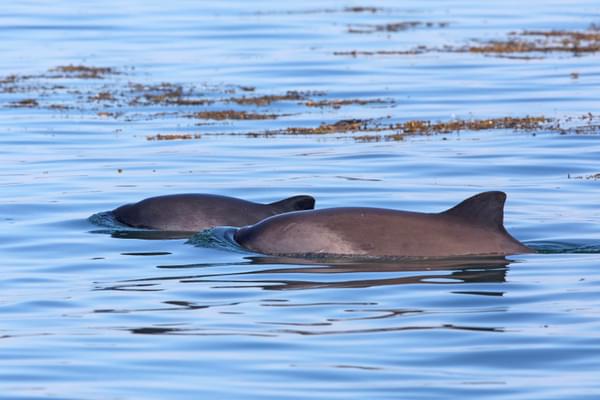Despite renewed efforts by the Mexican authorities to clamp down on illegal fishing in the Sea of Cortez, a survey conducted in May this year estimated that there were only between six and eight vaquita remaining in their key habitat area. Unlike 2023, when two calves were recorded, none were seen during this most recent survey, which was undertaken over a greater area, including the Upper Gulf of California.
The survey concluded that either the population has relocated or (as seems more likely) it’s facing imminent extinction. The warning signs have been there for a number of years - as recently as the late 1990s there was an estimated population of 600, which by comparison seems a sustainable population. But since then, vaquita numbers have plummeted in parallel with a rise in demand from China for the swim bladders of the totoaba fish. The gillnets used to illegally catch totoaba have also proved deadly for the vaquita, who over the past two decades become entangled in them in huge numbers.
In an interview with World Animal News, DJ Schubert, senior wildlife biologist for the Animal Welfare Institute’s Marine Wildlife Program said “While we commend all involved in conducting the survey, the likely decline in vaquita numbers should be setting off alarm bells in Mexico and around the world…..”
“Given Mexico’s ongoing failures to stop illegal fishing and the trafficking of totoaba, the government remains complacent in the vaquita’s near-extinction. For decades, the primary threat to vaquita has been entanglement in illegal gillnets. Yet — despite Mexico’s 2020 agreement prohibiting the use, possession, transport, and manufacture of such nets — they remain widely used by fishers in the Upper Gulf.”
Mexico has recently announced that it will undertake a comprehensive acoustic survey for the vaquita outside of its recognised home territory to determine if the animals have relocated. However there is a creeping realisation that this may be too little and far too late.
As we’ve seen in our recently published State of Cetaceans report, only by a programme of ongoing survey effort can population abundance be determined. The rises and falls that we have observed in both the presence and abundance of different species can only be measured by consistent and regular surveying. And from these evidenced trends, action can be taken before it is too late.
Main Photograph: Vaquita. Credit: Paula Olsen, NOAA via Wikimedia Commons

ORCA's work to protect whales and dolphins has never been more important and to help safeguard these amazing animals for the future we need your help. Please support our work by donating at www.orca.org.uk/donate to help us create oceans alive with whales and dolphins

